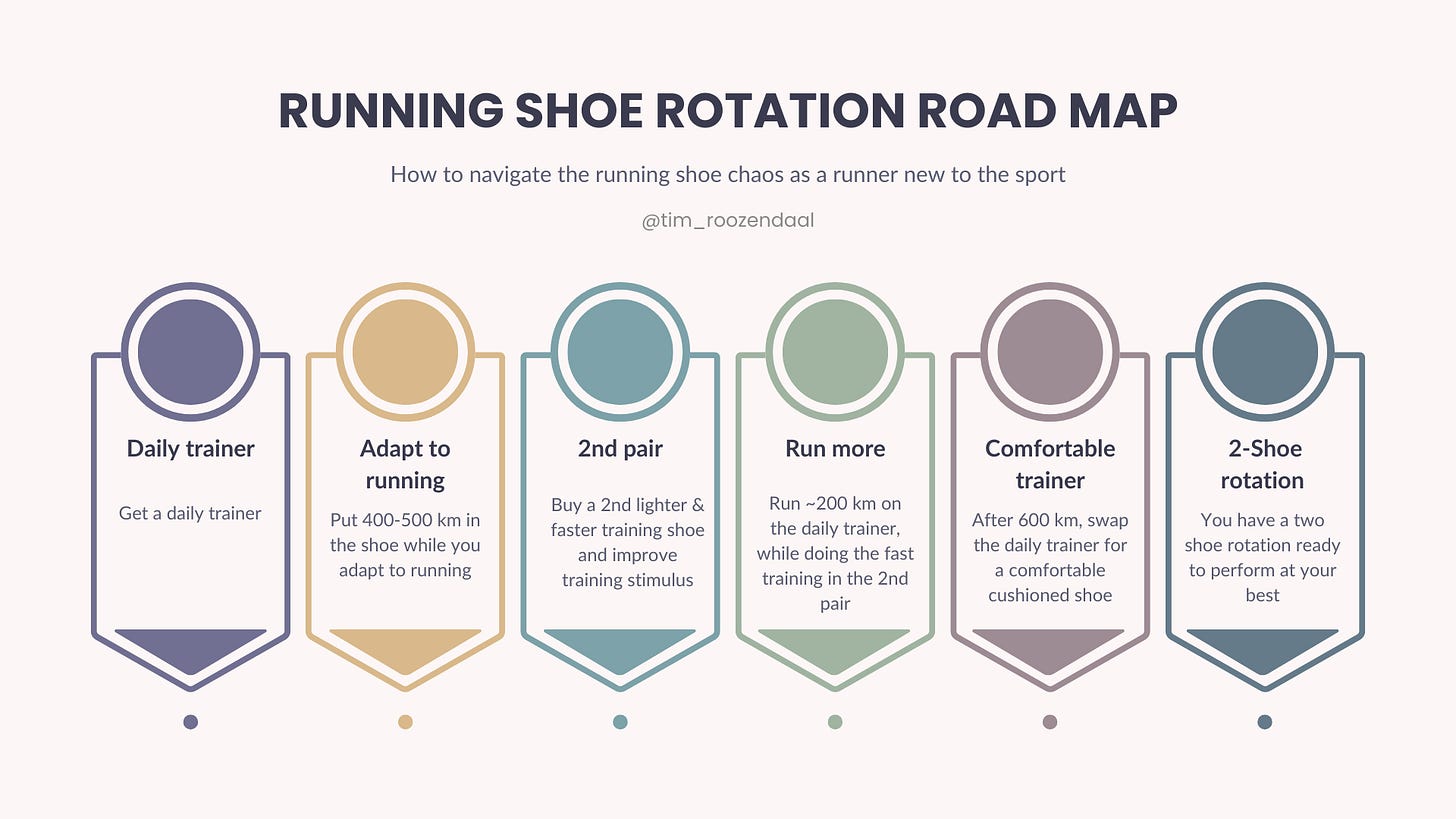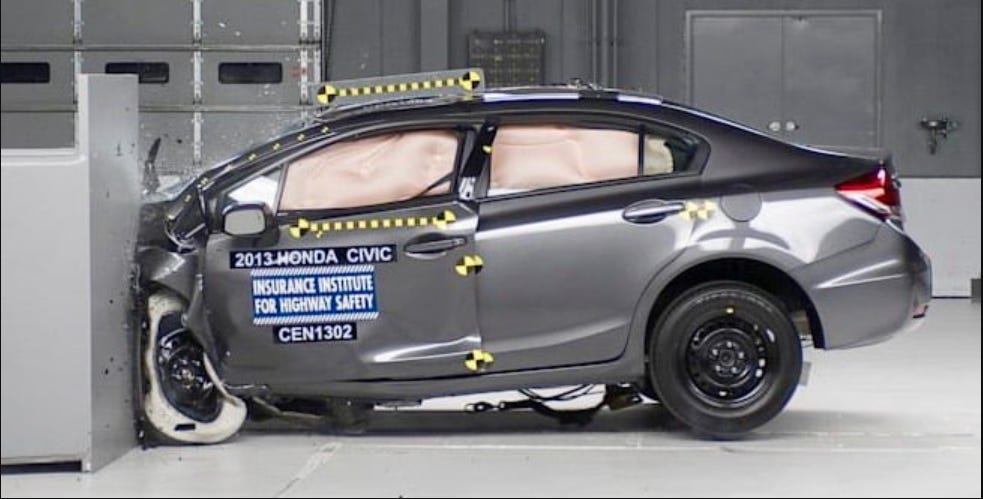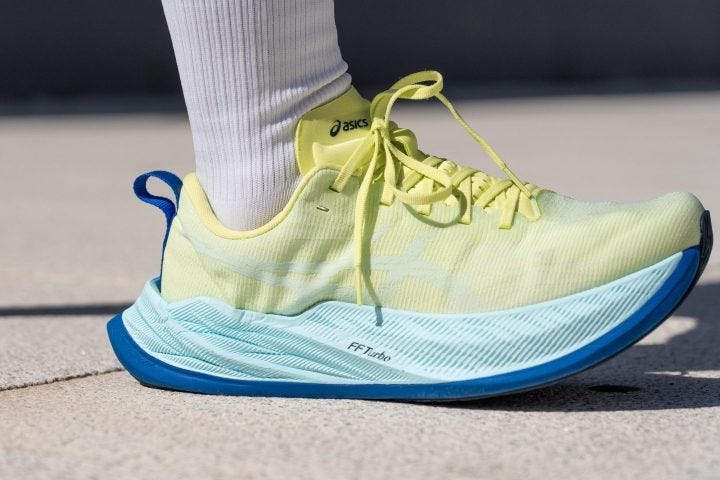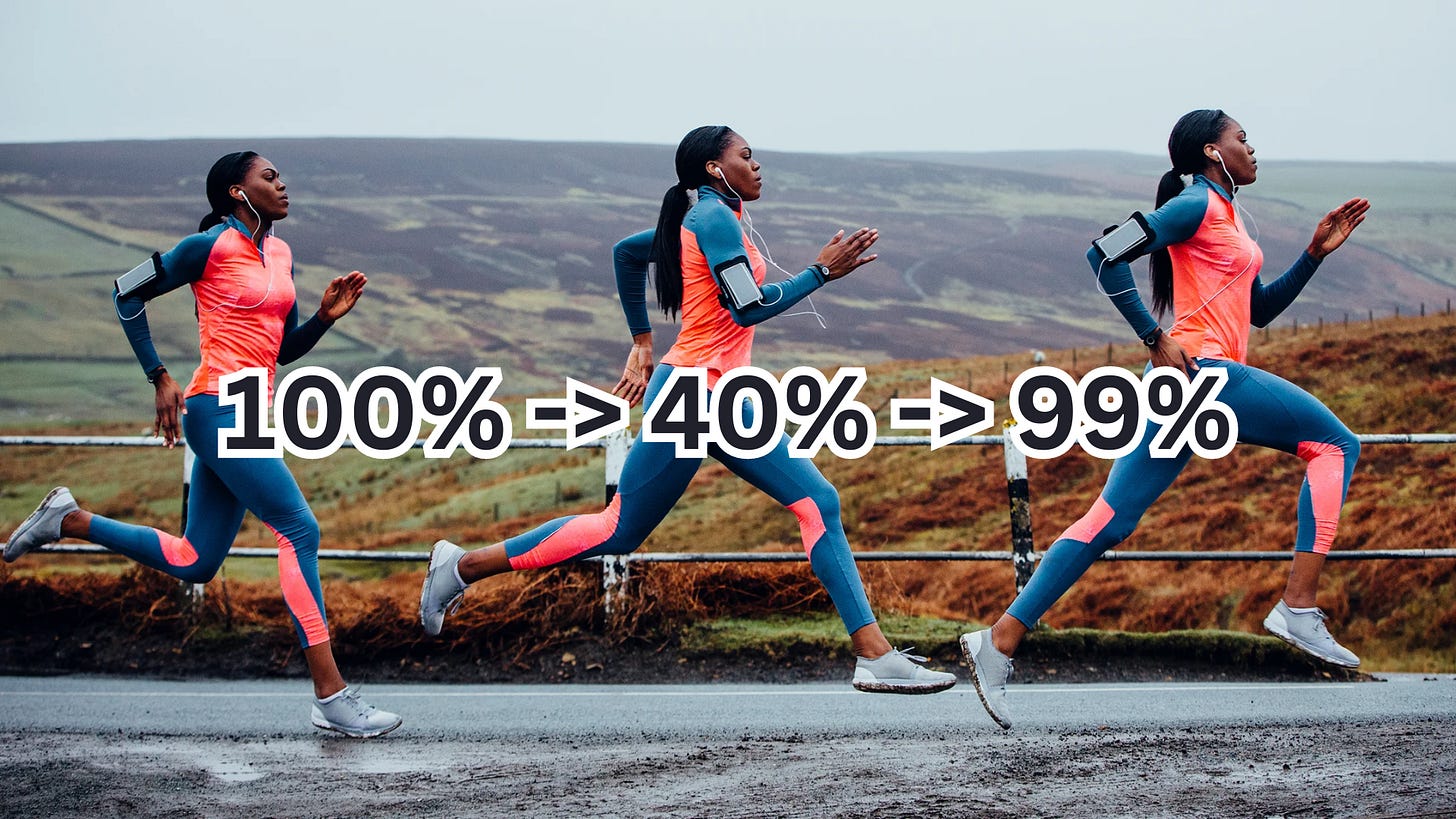Why running shoe rotations are not a money grab
ft Tim Roozendaal
Hey Guys,
I reached out to Tim because if there’s one person in this world that I know for certain knows running shoes better than me, it’s him. He works with them every day, fitting runners of all skill levels, and has a deep understanding of how a good running shoe rotation can help make you a better runner.
The below is written by Tim, I will come back at the end for my take on this topic.
Shoe rotations seem like a marketing scam from Big Shoe.
You can only run in one shoe at the time, so why need multiple?
But there is more to shoe rotations than meet the eye.
Before we dive in, I want to kindly thank BTR for having me on today. My name is Tim, I’m an obsessed runner with a degree in Human Motion Technology and have 3+ years of running retail under my belt.
Today I’m going to talk to you about shoe rotations and what benefits we can gain from having a solid rotation at our feet.
A solid shoe rotation serves four key purposes.
Reducing injury risk
Optimize training stimulus
Maximize life span of training shoes
Reduce emotional fatigue
It’s also a great way to empty your bank account for people suffering from shiny object syndrome, but that’s not the sole purpose.
Let’s explore these purposes in a bit more detail.
Reducing injury risk
Every runner knows how important cross training is to stay healthy and strong. A good shoe rotation is basically cross training for your lower leg.
Every running shoe has a difference in:
Geometry
Foam material
Torsion stiffness
Which makes your foot, ankle and lower leg work slightly different per shoe.
This slight adjustment in loading, creates a stronger and more durable running foundation to keep stacking the miles without over using small stabilizing muscles.
Optimize training stimulus
Having different shoes for different training intensities will help you perform better.
It would be hard to run fast intervals in a Gel Nimbus or Triumph. But it would also be uncomfortable to run your easy runs in an Endorphin Speed or Adizero Boston.
So using a high stack, cushioned shoe for easy run helps absorb impact and keeps your legs fresh to go after it again the next day.
In similar fashion, a lightweight reactive training shoe will help you run your intervals just a bit quicker and improves your mechanics.
To optimize race results, having a carbon plated racing shoe is going to work wonders. The high energy returning properties of the foam together with the carbon plate in a super light package will skyrocket your performance on race day by reducing metabolic cost of running. This means you can go faster at a similar intensity compared to your training shoes.
Maximize life span of training shoes
Having multiple shoes allows to rotate allows each shoe to fully rest after each run. This sounds a bit dumb but your shoes need recovery too.
It takes about 24-48 hours for a shoe to fully ‘recover’ to it’s original properties.
Giving the foam enough time to fully recover help maximize it’s life span. With a shoe rotation you can easily cross this 24+ hour gap with another pair of shoes.
Reduce emotional fatigue
Okay, this is a little bit less science-y and more from my own experience.
Having a single pair of shoes becomes boring. Boring runs lead to skipping runs. So keeping the fun and vibes high, is crucial for consistency.
Sometimes the little spark of dopamine of putting on a exciting shoe, can be enough to get you out the door.
The more you run, the more logical this argument becomes. You will burn trough multiple pairs per year anyway. Why not use them all in conjunction.
So now we understand the reasoning behind a shoe rotation. But how many shoes should you actually own. In my opinion, 3 is the sweet spot. You could add a 4th shoe for specific events like trail running or cross country races.
A 3-shoe rotation would look like this:
A comfortable all-round trainer (New Balance 1080v14, Nike Vomero 18, Asics Novablast 5)
A speedy lightweight trainer (Adidas Evo SL, Hoka Mach X3, Brooks Hyperion Max 3)
A dedicated race day shoe (Nike Alphafly 3, Adidas Adios Pro 4, On Cloudboom Strike)
Don’t marry yourself to a single brand!
The fact that you like a particular shoe from a single brand, just means that. You don’t like the brand, you like that model. Different brand have outliers in different categories of running shoe.
If you are currently running in a single pair of shoes, I made a solid roadmap to use:
If you are struggling to find the right running shoe right now or want to expand your shoe rotation but don’t know where to start, I can help you with that.
I provide personalized shoe recommendations based on your goals, running mechanics and shoe history. You can find more info here timroozendaal.carrd.co.
I also write a weekly newsletters on shoes, training tips and gait mechanics in my newsletter ‘Smart Stride’. You can subscribe for similar content like this here:
https://smartstride.beehiiv.com/
Thanks again to BTR for this opportunity 🤝
*BTR Enters Stage Right*
Thank you Tim for that great write up, please go follow him on X and his newsletter.
My thoughts on the ideal shoe rotation are similar, it’s about having tools at your disposal for how you feel on that given day, along with what the objective is for that day.
For example, if you have an easy run scheduled today, but you’re just feeling slightly tired or not in the mood to train, simply grabbing an up-tempo shoe (endorphin speed, EVO SL, etc) will help bridge the gap from you not feeling great pre-run to what you need to do that day.
But there’s other benefits to the shoe rotation Tim mentioned which I want to expand upon which is that it elongates the shoe’s lifespan and therefore keeps money in your wallet long term. A big reason for this is the midsole of the shoe constantly being compressed then re-expanding back to it’s full height (from a running stride). The more consistent strides a shoe has, the more the foam will pack-in and compress together.
The easiest way I know how to explain this is by drawing analogies to every day life. This bring us to the crumple zone…
The closest analogy to a running midsole foam is the crumple zone in a car. Both are designed for safety and impact absorption.
While a very well designed crumple zone will appear to the untrained eye as if a brutal crash occurred, the opposite is true. The highest safety rated cars have massive crumple zones, from the hood to the dashboard, which saves countless lives each year. The physics behind the crumpling is that if the impact can be delayed and absorbed, then less impact is transferred to the passengers in the car.
The same goes for running shoes! The more ground impact that is absorbed by the midsole compound, the less impact is transferred to your body. Both are applying simple physics to keep your body more well intact for when it meets impact.
But unlike a car, the midsole in a shoe rebounds and expands back to its original state. The problem is that you can only do this contraction and expansion so many times in a row before the range narrows. It becomes a classic energy return and efficiency problem. This is mainly due to your running stride and the fact that the foam does not have enough time to fully rebound—especially in training where your stride is slightly shorter than your race day stride (at any distance).
Simply put, if at the start of your run the midsole foam is at 100% of it’s expansion, then it will slowly degrade down from that full expansion. While running, the foam gets squished due to your body putting pressure through your legs/feet into the ground. This causes the foam to squish down to ~40% of total expansion, and as your foot leaves the ground, it expands back up to 99%+.
Note that it never *fully* goes back to full expansion from where it started the previous foot-strike. So if this picture continued for the duration of a run, it would slowly lower down the 98%, then 97%, etc., etc. Note that the degradation of foam is not linear and often happens slower than the 1% per stride the above graphic shows.
This process is known as “packing in” of the foam in the running-shoe-tech world is. Because well, it packs in. Creases slowly start to show up in the midsole and the stack height actually slightly decreases into its “packed in” state. This means over the course of a shoe’s lifetime, the midsole stack height will actually decrease (pack in) a few millimeters, leading to less impact absorption (crumple zone) and more fatigue on your legs. So if when you put the shoe on for the first time, the midsole was at 100% expansion, in 200 miles, the shoe will be lowered to <90% at the start of a run.
Q: If this cannot be stopped, then why is it worth worrying over?
A: Because you can slow this process down by rotating your shoes.
Understanding that simply using your running shoes packs the foam in and doesn’t allow a full rebound/expansion of the midsole is the first step in this process. Next, you need to realize that the foam in your running shoe is around 85% recovered when you take it off after a run.
What this means is that it takes time for the foam to re-expand as they sit in your closet. This is why I make it imperative for all of my clients to not wear their shoes outside of running—no walking, gym, or errands to be done in them! The foam needs as much time as possible to expand to its greatest possible size.
Unfortunately for us, the time needed gets longer the more miles we rack up on our shoes. Anything over 100 miles will be undoubtedly “packed in” and will, for better or worse depending on your preference, be a different shoe all together. A big reason for this feeling is that it starts to take much longer for the midsole foam to expand back out post-run after the 100-mile mark.
To combat this we add more shoes into our rotation! This immediately does two things for us:
Increases the lifespan of our shoes.
Shoes feel more fresh, or closer to as they did when you first bought them.
Just by giving your shoes more time decompress!
What this does for us in the long term is:
Keep you injury and “niggle” free.
Helps protect your wallet.
If you want to read more about this, see my article on shoe rotations here:
That’s it for now folks. If you made it this far, you’re definitely a running shoe junkie like us.
Comment below your favorite shoes in each "category” of your rotation!
-BTR & Tim






